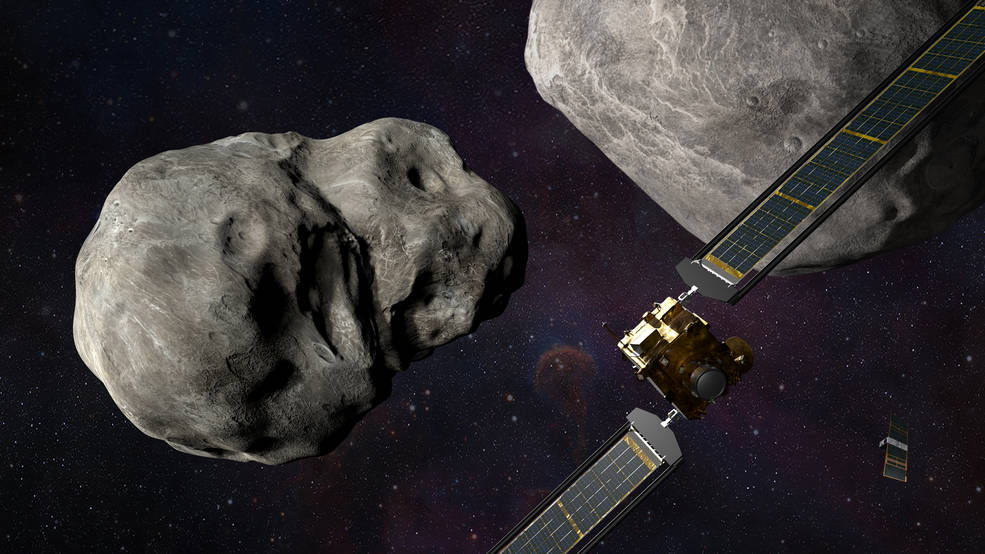Space mission to intercept asteroid to be streamed from a smart telescope tonight
DART embarked on its mission in November 2021 and 10 months later it has reached the asteroid known as Dimorphos

In November 2021, NASA embarked on a first-of-its-kind space mission to find out if it's possible to protect Earth from an asteroid impact. Known as DART (Double Asteroid Redirection Test) the mission sent a spacecraft into deep space with the intention of impacting an asteroid.
Just over 10 months later and the spacecraft has finally made it to a 160m-wide asteroid named Dimorphos. Tonight at 7.14pm EDT on September 26 (00.14am BST on September 27 in the UK), DART will impact the asteroid - an event that will be visible from Reunion Island on the East coast of Africa.
Thanks to Unistellar - a pioneer in modern smart telescope astronomy - the historic event will be live streamed on YouTube in partnership with the SETI Institute by Patrice Huet, a local astronomer from the Unistellar network.
• Read more: Best telescopes for astrophotography
Using a Unistellar eVscope, Huet will attempt to detect and live stream the collision on the Unistellar social networks in order to help people learn more about this unique defense mission.
Watch the livestream using the link above
Before the live stream begins, there will be a welcome and introduction followed by short 20-minute talks from different people at the Seti Institute, Caltech, Planetary Science Institute and the Unistellar network. They will be discussing everything from what to expect post-impact to why the mission was commissioned, how the navigation system works and the first photo of Dimorphos will be revealed.
For any budding astronomers or astrophotographers, there are also ways you can help from your own back garden by joining the Unistellar network which currently consists of more than 10,000 digital telescopes spread across Europe, Japan and North America.
Get the Digital Camera World Newsletter
The best camera deals, reviews, product advice, and unmissable photography news, direct to your inbox!
The collision will take place at 12:16 BST/19:14 EDT/16:14 PDT and can be live streamed on YouTube via the Seti Institute - a nonprofit organization whose aim is to understand the nature and origins of life in the universe. To find out more information about the DART mission, check out the NASA website.
Read more:
• Astrophotography: How-to guides, tips and videos
• Astrophotography tools: the best camera, lenses and gear
• The best lenses for astrophotography
• The best star tracker camera mounts
• Best equatorial mounts
• Best deep-space telescopes
• The best light pollution filters
• The best CCD cameras for astrophotography
• The best spotting scopes
• The best binoculars
• The best microscopes

Having studied Journalism and Public Relations at the University of the West of England Hannah developed a love for photography through a module on photojournalism. She specializes in Portrait, Fashion and lifestyle photography but has more recently branched out in the world of stylized product photography. Hannah spent three years working at Wex Photo Video as a Senior Sales Assistant, using her experience and knowledge of cameras to help people buy the equipment that is right for them. With eight years experience working with studio lighting, Hannah has run many successful workshops teaching people how to use different lighting setups.
